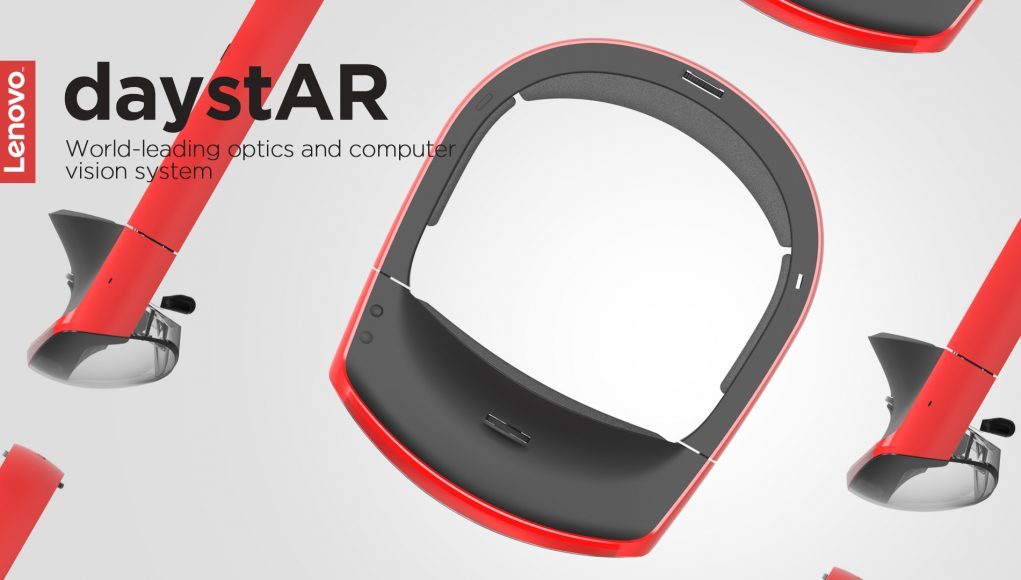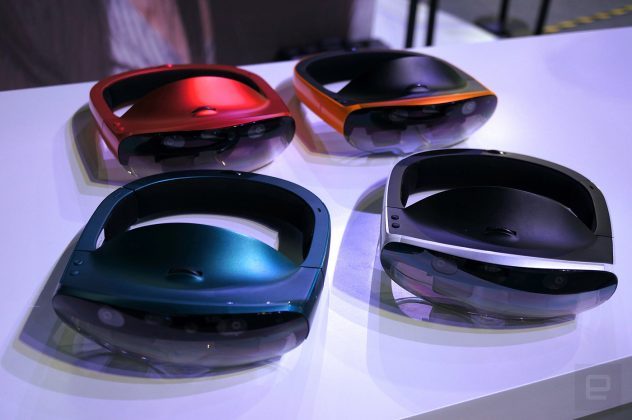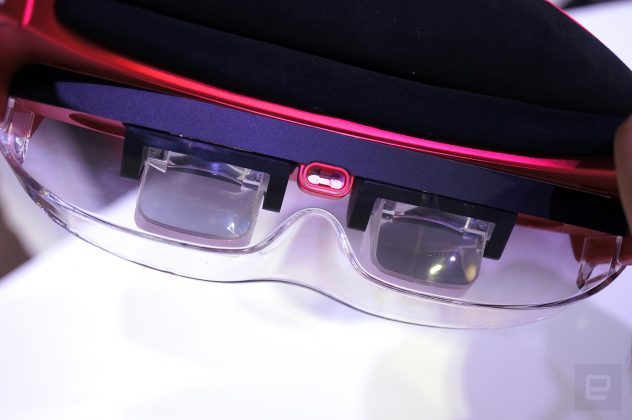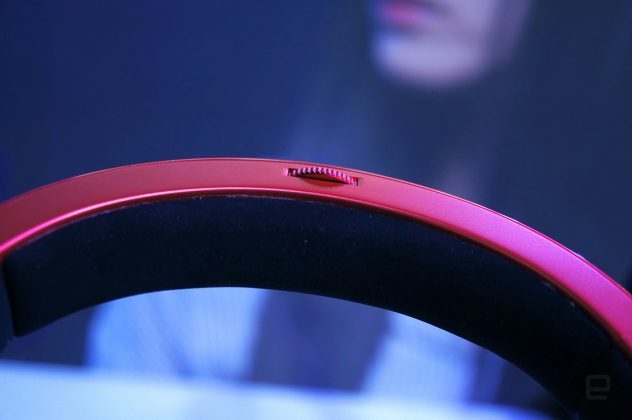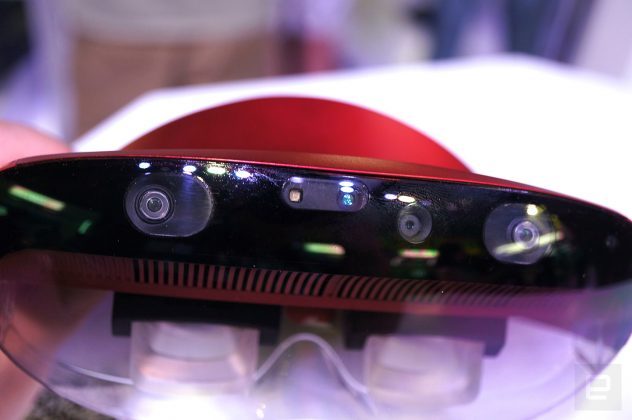Lenovo today unveiled at the company’s annual Tech World conference a new standalone AR headset dubbed ‘daystAR’.
Revealed on stage by chief technology officer Yong Rui, daystAR is an augmented reality optical display with what the company says has an “independent vision processing unit and free-formed surface lenses with a 40-degree field of view.”
This marks Lenovo’s second big piece of AR news recently, as we saw the company tease a smartphone based AR headset a few days ago, a project realized in partnership with Disney that aims to deliver a Star Wars-themed HoloChess and lightsaber-focused experience.
The headset is said to be a concept, with no price or release date at this time. Engadget’s Chinese site got a chance to try on a non-functional model, displayed with 4 attractive metallic colors. The model on display features a turn-wheel strap adjustment, a sleek profile, and a number of visible sensors—no doubt purposed to position the headset in 3D space. There’s also a top-mounted wheel, likely used to change the interpupillary distance, or the variable distance between the eyes.
Lenovo also teased an AR development platform in a blogpost so potential daystAR developers can create applications across a variety of industries. The company is including features like Cloud Object Recognition, Remote Assistance, Multiplayer Interaction, and 3D Content Manager, so developers you can scan, upload, and edit 3D content through the platform.
We’re keeping an eye on Lenovo and their recent entrance into AR, possibly signaling the first steps towards a race by well-known manufacturers to capture early consumer interest in augmented reality.

